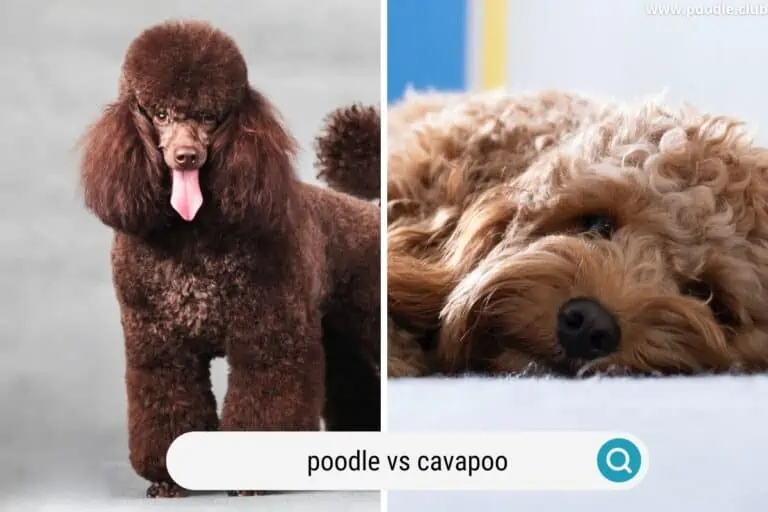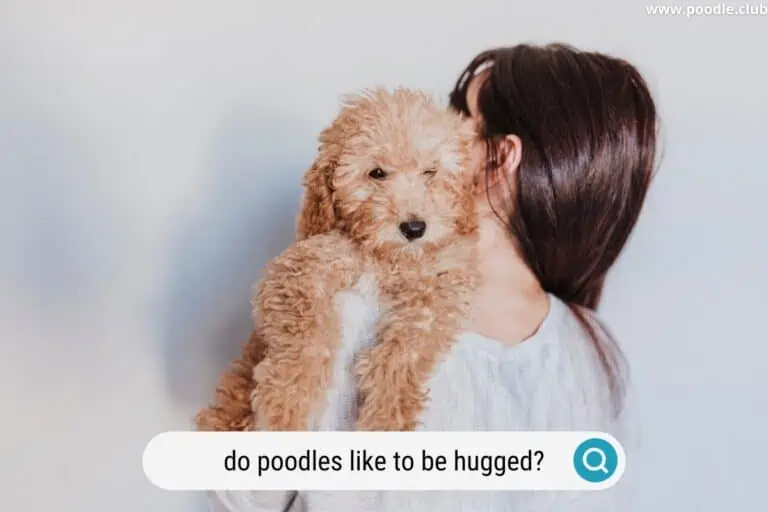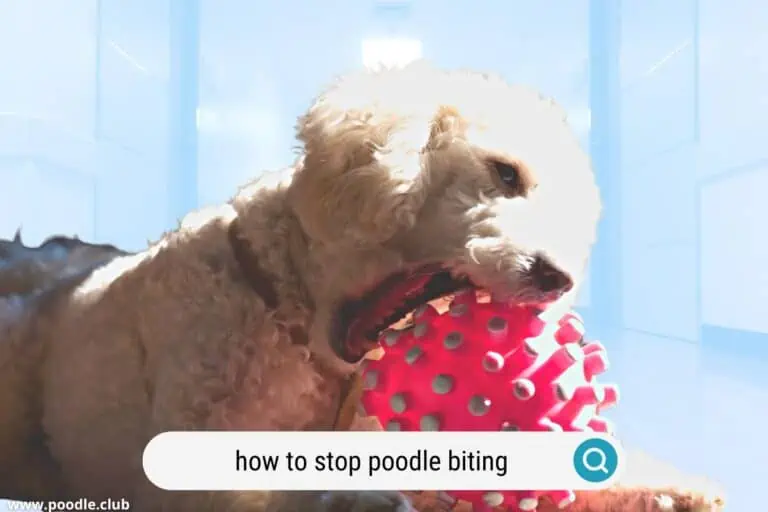Goldendoodle vs Standard Poodle [with Photos]
Are you ready to bring a new dog into your family but can’t figure out if you want a Goldendoodle or a Standard Poodle? While the two breeds are very similar, some differences will help you decide which will be perfect for your family.
Continue reading to find out about the history of both breeds, the differences in terms of appearance, grooming needs, possible health problems, among other details.
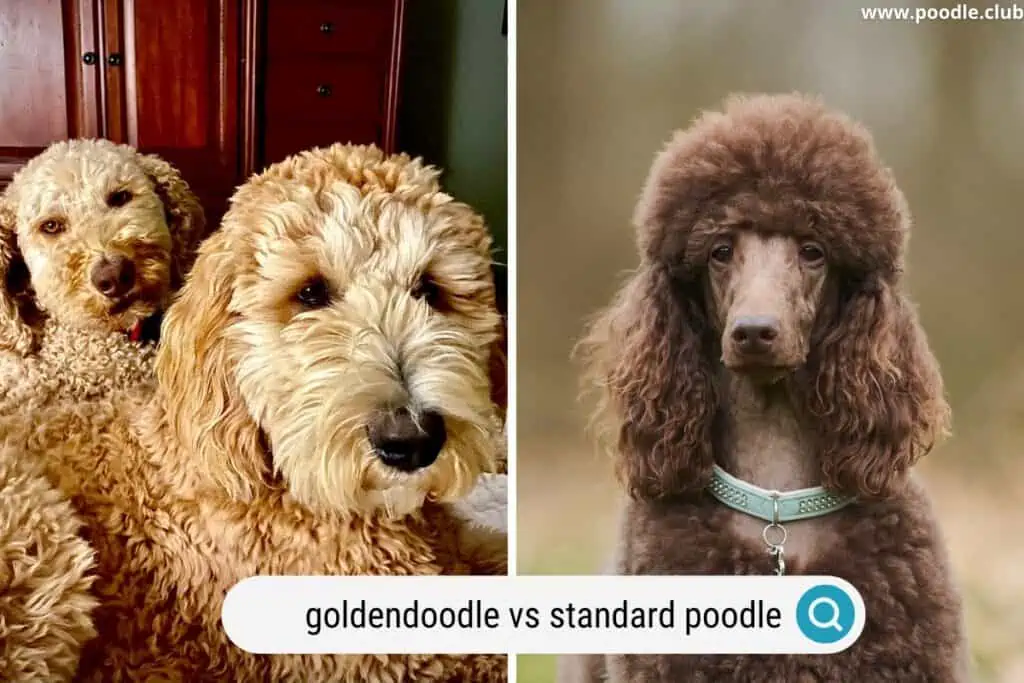
Breed History
Let’s navigate through the history of these two breeds, Goldendoodle vs standard Poodle, that has its beginnings in Europe.
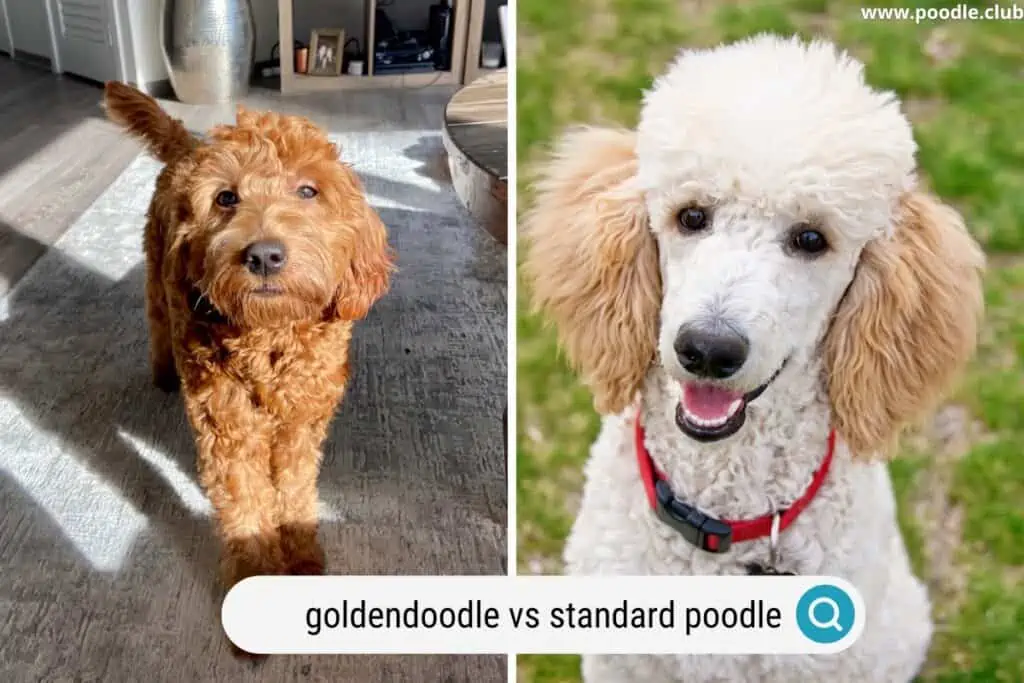
Goldendoodle
A Goldendoodle is a cross between a Golden Retriever and a Standard Poodle that became popular in the 1970s, later becoming the third most popular dog breed in America. They were the perfect hypoallergenic guide dog anyone could find.
They first originated in Scotland in the 1800s when Sir Dudley Majoribanks wanted a breed that had the skills for hunting, a mild temper, and a beautiful golden coat.
Standard Poodle
The Standards Poodle is the national dog of France, but the breed is believed to have originated in Germany hundreds of years ago.
They were originally bred to be hunting dogs for the water. Their jobs were to retrieve ducks and other birds and bring them back to their masters. Although Poodles are not commonly used or thought of for hunting, they have still maintained their skills over the years.
PuppySpot is a reputable dog marketplace where you can browse and find compatible puppies right from the comfort of your home. They have placed over 200,000 puppies into homes in the US!
General Comparison
While both the Goldendoodle and the Standard Poodle would be wonderful dogs to bring home to your family, there are some differences to look out for.

Goldendoodle
Goldendoodles are excellent family pets, all of them having a very friendly demeanor. They love interacting and playing with people. They are very good with children and other possible pets in the family.
Because they are so intelligent and smart, people often use them as service dogs such as guide dogs, therapy dogs, and search and rescue dogs.
They are very active and will keep up easily when going on runs or hikes. Goldendoodles may be a little slower and, in some cases, harder to train because of their excited demeanor and how they strive to make their owners proud. When started at a young age, they can show themselves to be as smart as a Standard Poodle.
Goldendoodles are the cheaper option and can be found very often in a local shelter or rescue.
Standard Poodle
The Standard Poodle is a highly intelligent and loyal breed. The Standard Poodle requires lots of exercise and loves to play, and they are also a very trainable breed.
They can take a little time to warm up to new people and pets, as they are protective of their home and family. Once they trust their family, they become very affectionate and lovable. Although smaller Standard Poodles like the Toy or Miniature are known to have a temper and be hard-headed, they would not be a good choice if you have young children.
Because of the history Standard Poodles have with hunting, they can still be trained to be bird retrieval dogs. They will be likely to think they are the alpha dog of the family and become more aggressive and destructive over time if they aren’t trained; this is more common in the Toy and Miniature Poodles.
A Standard Poodle is a great option if you are looking for a show dog because of how easy they are to train. They have a regal appearance and “an air of distinction” that separates them from other dogs.
Appearance
The Goldendoodle and the Standard Poodle can come in four sizes: toy, miniature, medium, and standard.
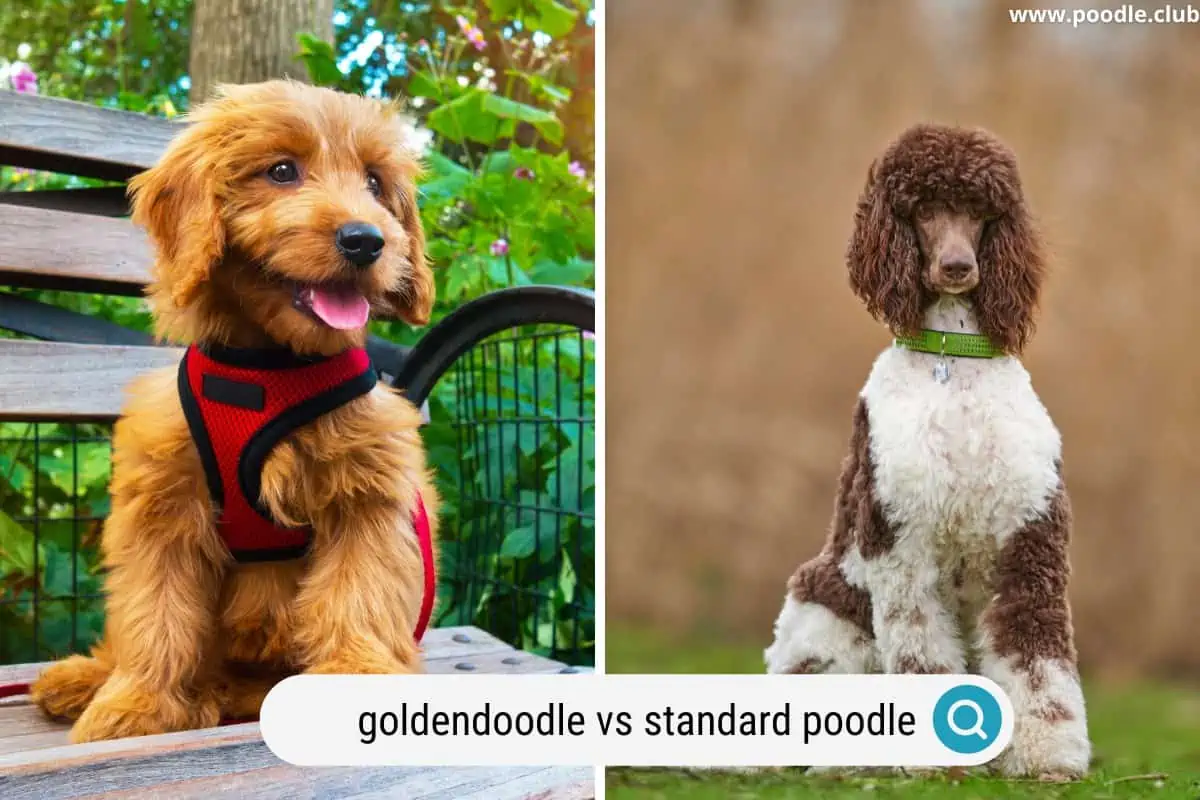
Goldendoodle
The Goldendoodle look is commonly described as “teddy bear” due to their fluffy golden fur, and the Goldendoodle Teddy Bear Cut many owners give their dogs.
Goldendoodles are typically larger than the Standard Poodle, but they can come in miniature and toy sizes. From miniature to large, Goldendoodles can range from 13 to 24 inches tall, with the males weighing 15 to 90 pounds and the females weighing 15 to 80 pounds.
Standard Poodle
When you think of the Standard Poodle, you probably think of its famous Poodle cut used in dog shows. The Poodle cut was not originally meant for fashion; the cut was created with the Poodle’s job as a hunter in mind. Less hair meant faster swimming, and the puffs helped to keep the torso and joints warm.
They can range from 11 to 22 inches tall. The males weigh 9 to 70 pounds and the females 9 to 60 pounds.
Grooming
Both dogs have demanding grooming needs, but let’s look at it in detail: Goldendoodle vs Standard Poodle.

Goldendoodle
The Goldendoodle will need a lot of upkeep to keep their coats looking the best. Goldendoodles have one of three coat types: straight, wavy, or curly.
Some hypoallergenic Goldendoodles have been bred, but some still shed a little. Typically, the curlier your Goldendoodle’s coat is, it will shed less. The curlier the coat also means the more you have to brush to prevent mats from forming and skin problems from developing.
A Goldendoodle will need regular trips to a professional groomer every 8 to 12 weeks if you cannot keep up with all of their grooming needs.
Standard Poodle
Standard Poodles have high maintenance grooming requirements that can be tricky for owners to learn. It is possible to learn how to take care of your Poodle’s coat at home properly, but it will take a lot of time and patience. Most Poodle owners will take their dogs in to see a professional groom every three to six weeks.
They have very kinky and curly fur that needs to be brushed daily, just like the Goldendoodle.
They also commonly have stained fur around their “weepy eyes,” as most call it. It is very easy to clean and maintain it at home by gently clipping down the stains and then wiping them daily with a washcloth and warm water.
The Standard Poodle is also a hypoallergenic dog with no shedding.
Allergies
Dog allergies are a very common concern for future pet owners; you don’t want to be feeling sick in your own home!
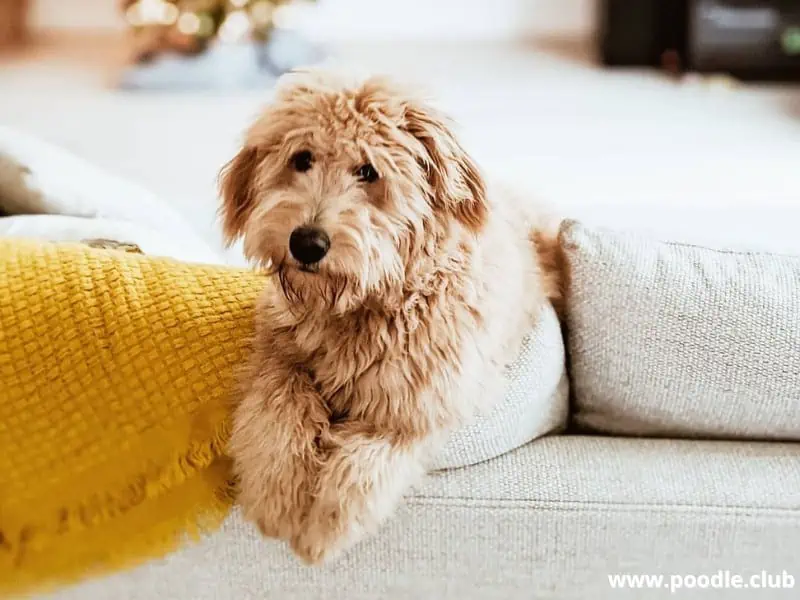
The Goldendoodle and the Standard Poodle are great choices for hypoallergenic, low shedding breeds. While all Standard Poodles are hypoallergenic, only some generations of Goldendoodles are hypoallergenic. For the best chance of owning a hypoallergenic Goldendoodle, the F1B, F1BB, F2B, and F2BB generations are the ones to look out for.
Exercise/Training
Both the Goldendoodle and the Standard Poodles are extremely active dogs. If you don’t think you can keep up with maintaining their exercise needs, I don’t recommend bringing home a Poodle.
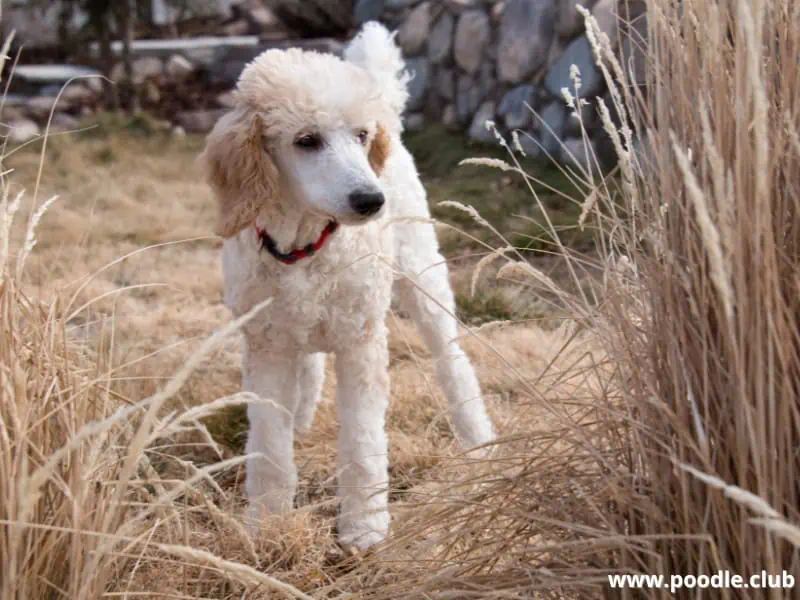
They also get bored quickly; it is wise to take them out on daily walks or jogs to keep them active. Giving them puzzle toys will help fight off their boredom when going for a walk isn’t an option.
Without training or exercise to occupy their minds, they can become bored and destructive. They are high energy, so teaching them games like fetch or taking them on jogs will help burn off some of their restlessness each day.
Both breeds need to have the training to keep their minds active and happy and keep their bodies in shape.
Standard Poodles tend to pick up tricks slightly faster than Goldendoodles, but they are both very smart dogs. They can pick up habits quickly, good and bad, so it is wise to start them on obedience training early in life.
Health/Medical Needs
Both Goldendoodles and Standard Poodles are generally very healthy, but they are prone to health conditions. Like with buying any pet, it is good to do a thorough research of the breed to make sure you can properly care for their future needs.

If you are buying a puppy from a breeder, be sure to find a reputable breeder who should show you a health clearance for your puppy’s parents.
Goldendoodle
A Goldendoodle’s average lifespan is 10-15 years; the shorter life span of a Golden Retriever brings down the lifespan in comparison to a Standard Poodle.
Goldendoodles can present the same health risks as Standard Poodles, but there are some more to be aware of:
- Cataracts
- Glaucoma
Standard Poodle
The Standard Poodle lives around 12 to 15 years. While not every Standard Poodle has serious health risks in their life, it is good to be aware of the possibilities that could happen later in life.
Some common health issues include:
- Hip dysplasia
- Epilepsy
- Addison’s disease
- Progressive retinal atrophy
- Hypoglycemia
- Collapsed trachea
Prices
Finally, I’ll analyze the price of Goldendoodle vs Standard Poodle. Both breeds are typically bought from breeders as puppies, but they can be commonly found. I recommend looking in your local shelters and rescues before going to a reputable breeder.
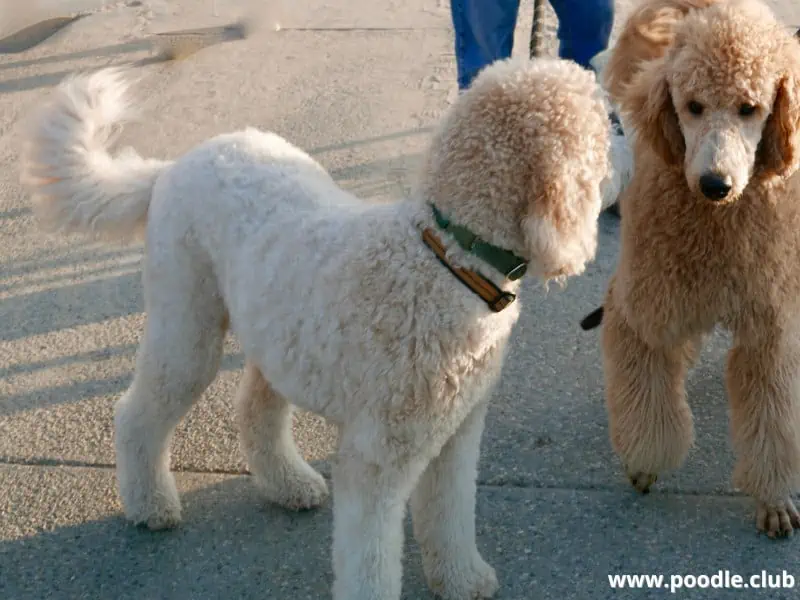
Goldendoodle
Prices for buying a Goldendoodle puppy can range from $500 to $5,000. Price varies on factors like size, color, breeder reputation, and location. The first generation (F1) Goldendoodle is the cheapest and most common to find.
Standard Poodle
The Standard Poodle puppy can range from $1,000 to $5,500 for a purebred. Make sure to find a reputable breeder that will provide all paperwork necessary. It can be very common when selling purebreds for non-reputable breeders to advertise a different dog breed than the one they are selling.
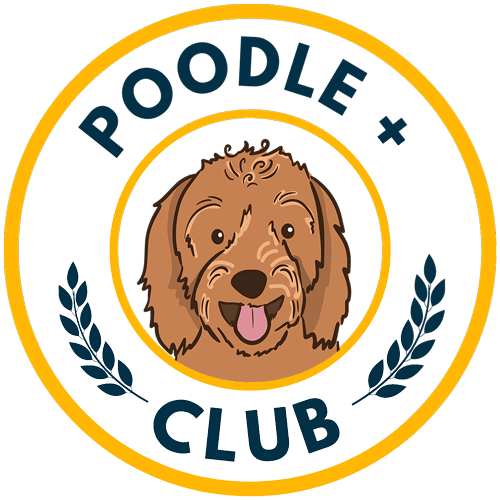

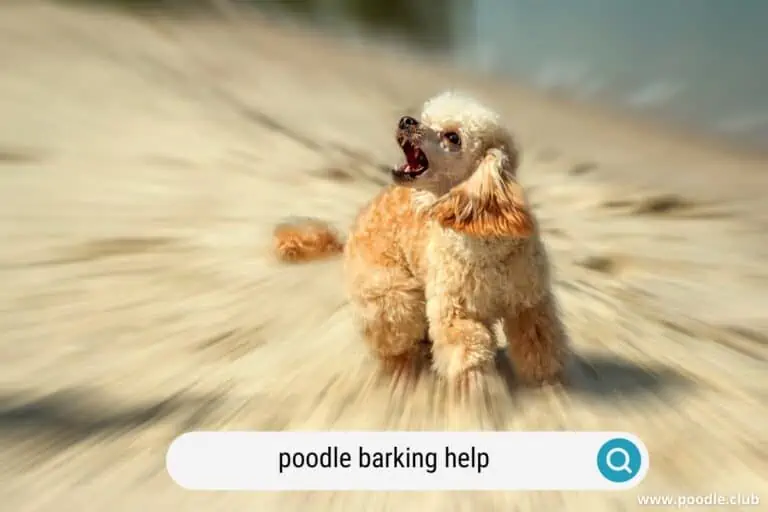
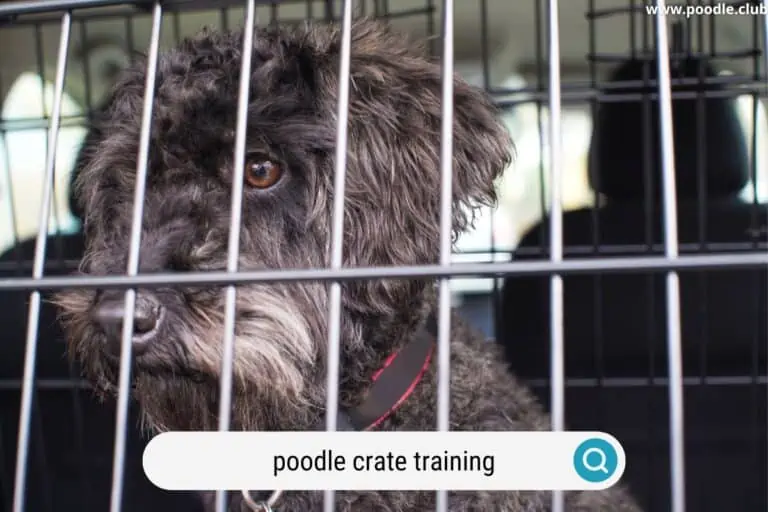
![Teacup Poodle Complete Guide [+ Photos]](https://poodle.club/wp-content/uploads/2022/12/teacup-poodle-768x512.jpg)
